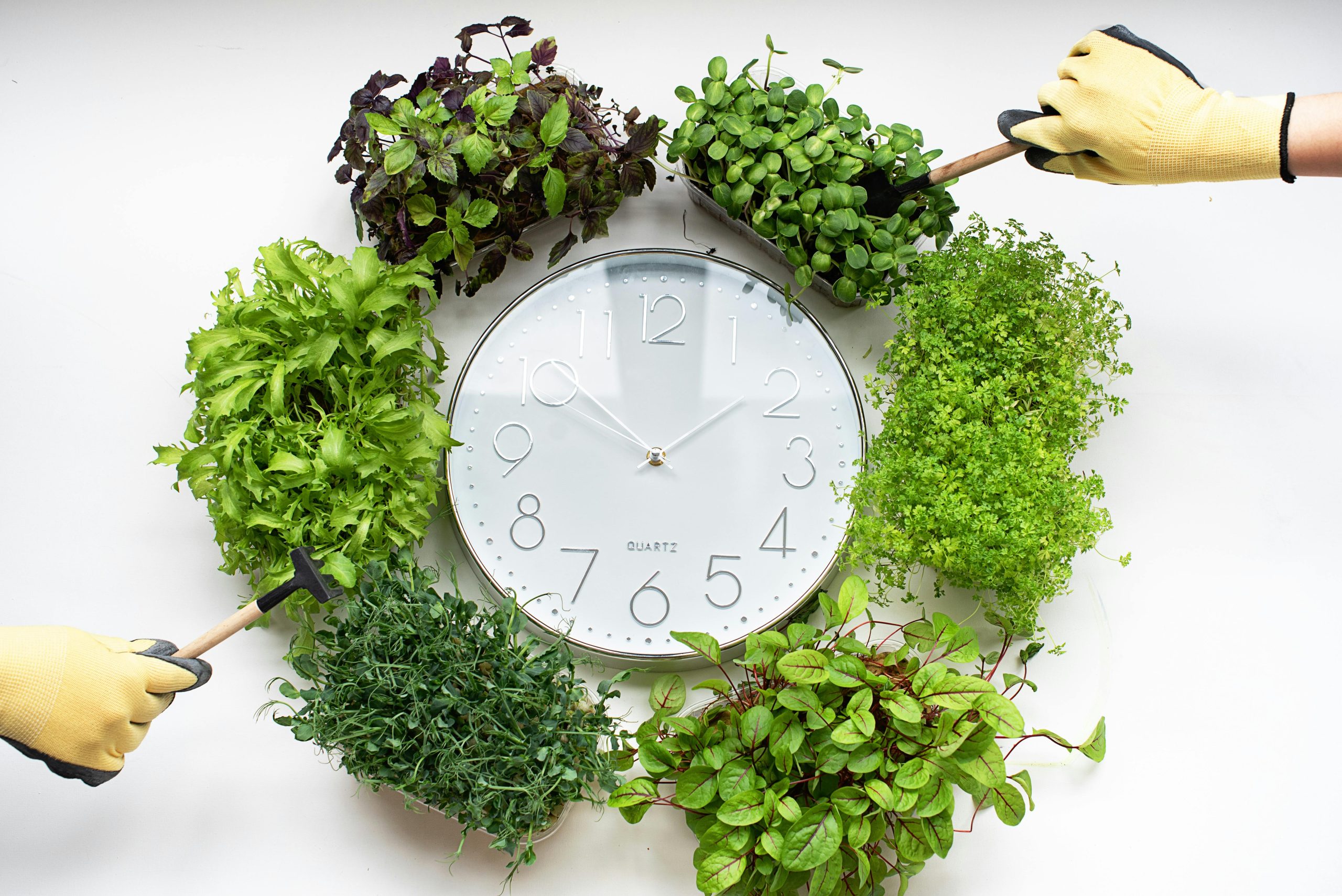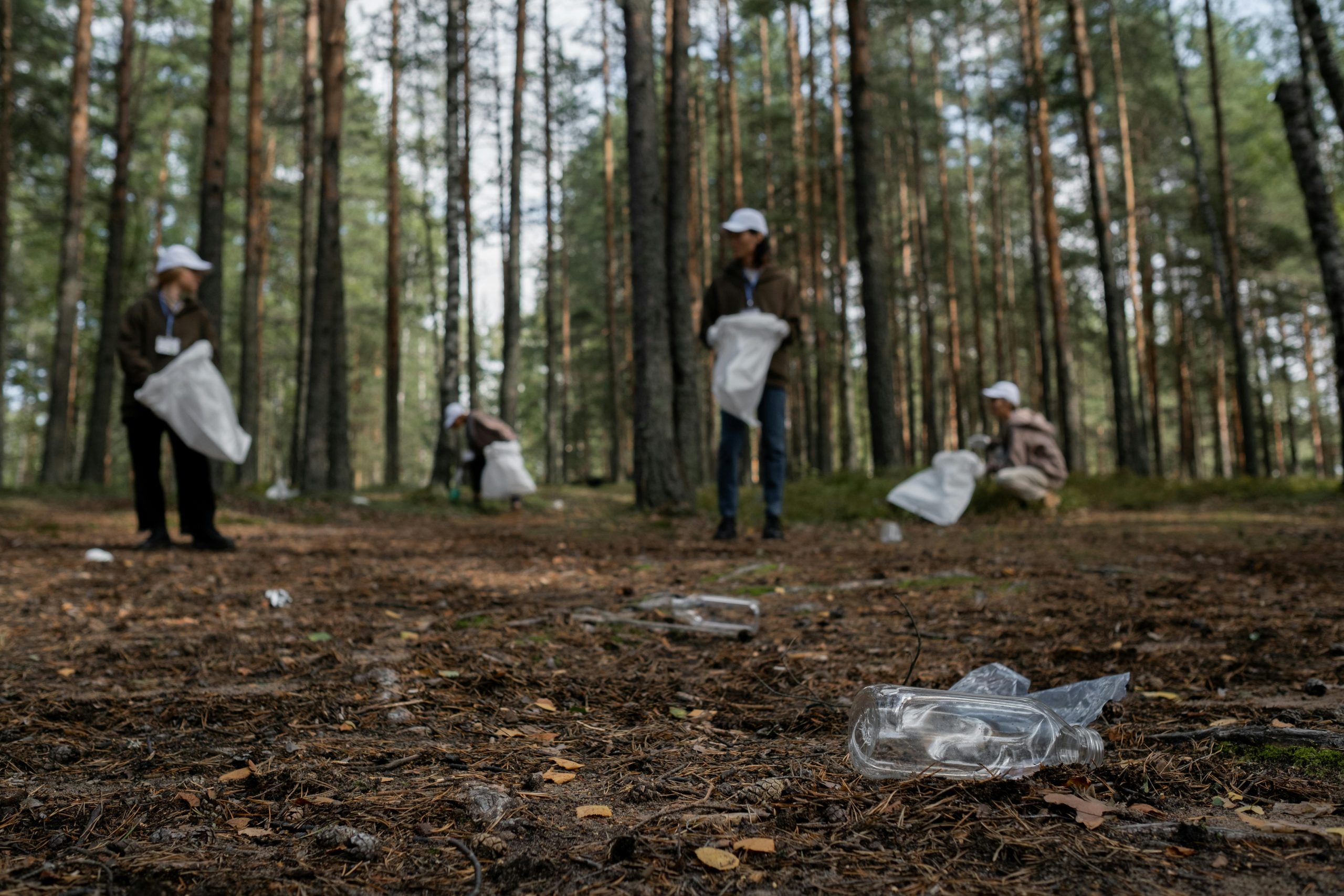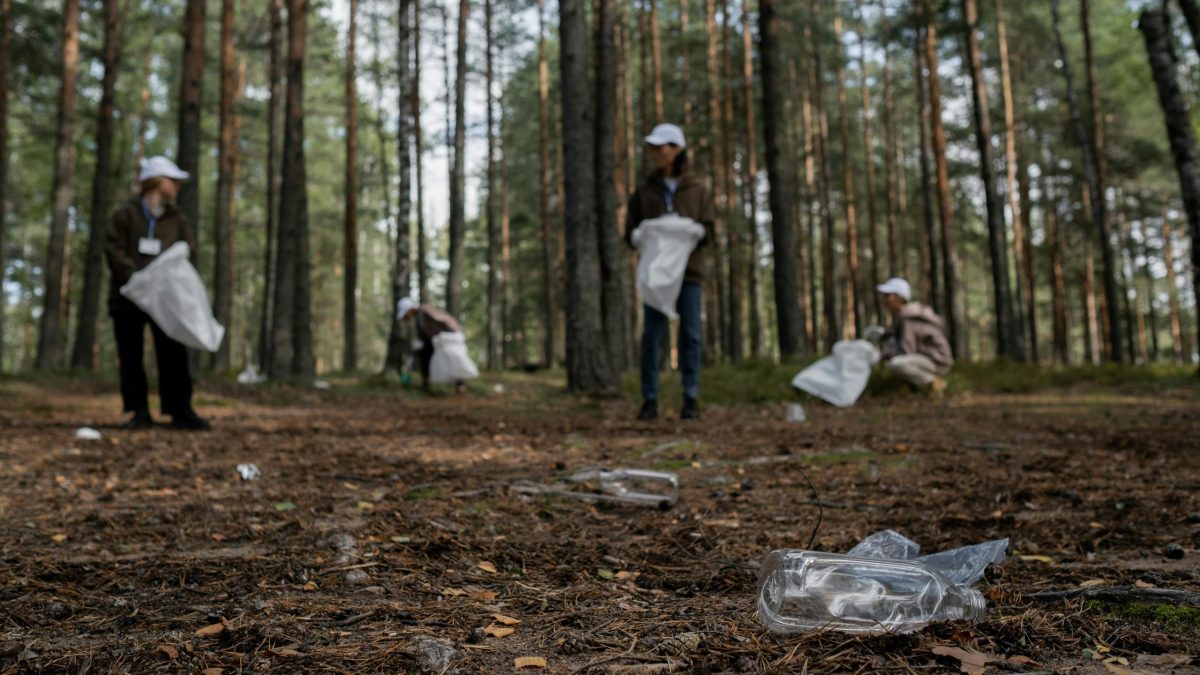An Overview of Children’s Environmental Consciousness

Bringing up ecologically conscious kids is not just a commendable endeavor, but also an essential one. In an age where pollution, climate change, and depletion of natural resources are major concerns, early inculcation of environmentally conscious behaviors can have a substantial impact. As mentors and role models, parents and educators are essential to this process. They have the ability to create lifelong habits that cultivate a profound regard and care for our world. This post will explore practical methods for fostering in the next generation of environmentally concerned thinkers, ranging from little daily acts to interesting teaching strategies. By adopting these practices, we can teach our kids to take care of the environment and ensure that everyone has a healthier, more sustainable future.
Leading with an Example
- Teaching kids the value of sustainable living starts with modeling eco-friendly behaviors. Simple acts like recycling, water conservation, and energy conservation make a big difference.
- Children are more likely to follow these routines when they witness them in action. It’s about demonstrating that every effort matters by integrating environmentally friendly decisions into daily living.
The Effect of Parental Conduct on Children’s Awareness of the Environment
- From their children’s perspective, parents are the first heroes. Their deeds, large and small, established a standard.
- Children absorb these values when they see their parents make deliberate decisions to preserve the environment. This might be as simple as selecting goods that come in less packaging, taking public transportation, or even helping out around the neighborhood.
- Children who have such experiences gain a deeper appreciation and understanding of nature and are inspired to protect it for the rest of their lives.
Documentary: How Parents Can Set an Example of Sustainable Living
- Establish a family garden: Children learn about the value of biodiversity and the life cycle via gardening.
- Choose reusable instead of disposable: Promote the usage of reusable containers, bags, and water bottles.
- Turn recycling into a game: Make recycling sorting a joyful family activity by rewarding efforts to identify recyclable materials.
- Select environmentally friendly holidays: Select eco-friendly travel places or vacations that incorporate conservation efforts in the natural world.
- Engage kids in environmentally conscious shopping: Instruct children to seek out eco-friendly products and recognize the consequences of their decisions.
Parents who incorporate these activities into their daily lives not only help to create a better planet but also impart priceless lessons in empathy, stewardship, and responsibility. As we all travel together towards sustainability, we ensure a better, more environmentally friendly future for future generations by setting an example for our kids to follow.
Information By Participation

- A seamless method of integrating learning into daily life is to include environmental education into activities. Children can learn the value of sustainability through gardening, recycling, and water conservation, among other activities.
- Children who regularly engage in environmental care have an innate appreciation for and protection of our planet.
Interactive learning and storytelling are effective methods for educating kids about the environment. Young minds are captivated by stories about the earth, its inhabitants, and how they are all connected, which helps to make abstract ideas more approachable. Engaging in interactive learning activities, like do-it-yourself recycling projects or energy-saving experiments, enhances students’ comprehension and makes learning enjoyable and significant.
Engaging in outdoor activities and exploring nature offer numerous advantages. Through direct engagement with the environment, children cultivate an intimate bond with nature. Engaging in activities such as hiking, bird watching, or park play allows them to directly witness the beauty and diversity of the natural world. They are inspired to become environmental stewards by this hands-on involvement, which cultivates a strong love and respect for the environment.
By adopting these techniques, we encourage our kids to live in balance with the natural world while simultaneously teaching them the value of environmental preservation. It’s about building a future in which every child is an earth advocate, with the knowledge and zeal to protect it. For the benefit of both the earth and our children, let’s foster their relationship with the environment.
Encouraging Ecological Prudence via Community Engagement

The community is essential to promoting environmental principles. It’s an effective platform for exchanging resources, expertise, and environmental enthusiasm. Communities that unite become a force for positive change, increasing the effect of sustainability initiatives. In addition to fostering a stronger sense of community, this shared commitment serves to emphasize the idea that every effort matters in the pursuit of a healthier environment.
A great way to support this group effort is to get involved as a family in neighborhood environmental projects and activities. These events, which can include workshops on sustainable living, tree planting days, or beach clean-ups, provide worthwhile educational opportunities. They serve as an example of the effectiveness of collective action in protecting our natural environment. Additionally, they provide kids a feeling of accomplishment and community by demonstrating to them that they are a part of a bigger change-making movement.
It is essential to encourage kids to participate in eco-friendly and community service projects. They learn accountability, cooperation, and the value of giving back to the community from it. Children benefit from these experiences by learning how their actions affect the environment and are inspired to come up with original solutions to problems related to the environment. By getting children involved in these initiatives, we help them develop an awareness of environmental issues and provide them the tools they need to take charge of protecting the environment.
The goal of encouraging environmental stewardship through community involvement is ultimately to create a network of support for sustainable practices. It’s about encouraging kids to take significant environmental action by fostering a culture of care that goes beyond the family. We provide a strong example for our kids by becoming involved in community projects and demonstrating to them that we can all work together to change the world.
Promoting Environmental Stewardship by Including the Community

The community is essential to promoting environmental principles. It’s an effective platform for exchanging resources, expertise, and environmental enthusiasm. Communities that unite become a force for positive change, increasing the effect of sustainability initiatives. In addition to fostering a stronger sense of community, this shared commitment serves to emphasize the idea that every effort matters in the pursuit of a healthier environment.
- A great way to support this group effort is to get involved as a family in neighborhood environmental projects and activities. These events, which can include workshops on sustainable living, tree planting days, or beach clean-ups, provide worthwhile educational opportunities.
- They serve as an example of the power of community action in protecting the environment.
- Additionally, they provide kids a feeling of accomplishment and community by demonstrating to them that they are a part of a bigger change-making movement.
It is essential to encourage kids to participate in eco-friendly and community service projects. They learn accountability, cooperation, and the value of giving back to the community from it. Children benefit from these experiences by learning how their actions affect the environment and are inspired to come up with original solutions to problems related to the environment. By getting children involved in these initiatives, we help them develop an awareness of environmental issues and provide them the tools they need to take charge of protecting the environment.
The goal of encouraging environmental stewardship through community involvement is ultimately to create a network of support for sustainable practices. It’s about encouraging kids to take significant environmental action by fostering a culture of care that goes beyond the family. We provide a strong example for our kids by becoming involved in community projects and demonstrating to them that we can all work together to change the world.
Making Sensible Use of Technology and Media
In the era of digitalization, media and technology play a crucial role in everyone’s life, including our kids’. Using these resources effectively is essential to promote ethical use and environmental awareness.
- Choosing applications and programs for education that encourage environmental awareness can transform screen time into an educational experience.
- These resources can serve as examples of the wonders of our world, the difficulties it faces, and the ways in which each person can help to ensure its continued existence.
Equally crucial is leading by example when it comes to digital consumption. We teach our children the value of their digital footprint by modeling responsible technology use, which includes cutting down on energy use, recycling electronics, and avoiding pointless digital clutter. Being upfront about the ways that technology affects the environment, such as energy use and e-waste, promotes responsible behavior. It’s about making well-informed decisions, such as selecting energy-efficient appliances and utilizing technology in a way that has the least negative effects on the environment.
- By taking these steps, we encourage our kids to incorporate eco-friendly behaviors into their digital lives while simultaneously teaching them the value of sustainability.
- We give our kids the knowledge and abilities to safely navigate the digital world by embracing technology and media as allies in environmental education.
This strategy makes sure that even as they expand, they stay aware of their environmental impact and are prepared to make choices that promote a sustainable future.
In Conclusion
Giving our kids the tools they need for a greener future starts now. Despite its challenges, this path offers many chances for happiness and personal development. By setting a good example, fostering active learning, involving the community, and making responsible use of technology, we build the groundwork for a sustainable future. Let’s encourage our kids to take up the environmental stewardship torch and illuminate the path for future generations.
Strategies for Raising an Environmentally Conscious Child FAQs
Foster an environment where open discussions about environmental issues are encouraged, and provide them with opportunities to participate in community clean-up events or conservation projects. This empowers them to take action and understand their capacity to make a difference. Supporting their participation in environmental clubs at school or in the community can also help them develop leadership skills in advocacy.
Start by involving your child in sorting recyclables at home, explaining the importance of separating paper, plastics, and metals. This hands-on approach helps them understand the impact of recycling on the environment. You can further engage their interest by visiting a recycling facility or watching educational videos on recycling together.
Introduce your child to the concept of sustainable eating by choosing local, seasonal, and organic foods whenever possible. Explain how these choices support local farmers, reduce carbon footprints, and minimize pesticide use. Involving children in meal planning and visits to farmers’ markets can also deepen their understanding and appreciation for sustainable eating.
Opt for toys made from sustainable materials and avoid those that require batteries or are made from single-use plastics. Explain the value of choosing eco-friendly toys and involve your child in the selection process to make them more aware of their environmental footprint. Additionally, embracing a culture of sharing and donating toys can teach children about reducing waste.
Start by modeling simple water-saving practices like turning off the tap while brushing teeth and collecting rainwater for plants. Explain how these actions help conserve water and discuss the broader implications of water scarcity. Introducing games or challenges, such as who can use less water for daily tasks, can make learning about water conservation fun and memorable.
Encourage outdoor activities like hiking, gardening, or beach clean-ups, which directly expose them to the beauty and fragility of nature. These experiences foster a deep appreciation for the environment and highlight the importance of conservation efforts. Additionally, participating in local environmental groups or projects can offer more structured opportunities for engagement.
Implement energy-saving habits at home, like turning off lights when leaving a room and using energy-efficient appliances, and explain why these practices matter. Discuss how energy conservation reduces pollution and conserves natural resources, making the connection to climate change. Engaging children in monitoring home energy use can also make the concept more tangible.
Incorporate practices like composting, using reusable bags, bottles, and containers, and walking or biking for short trips instead of driving. These habits, when explained and practiced consistently, teach children the importance of making environmentally friendly choices in their daily lives. Making these activities a fun and integral part of your family routine can reinforce their value and ensure they become second nature to your child.
Choose books that are age-appropriate and focus on themes of conservation, recycling, and the beauty of nature. Titles like “The Lorax” by Dr. Seuss offer a compelling narrative on the importance of environmental stewardship in an accessible way. Reading these stories together can spark conversations about personal responsibility towards the environment.
Use educational apps and online resources that focus on environmental science and conservation to make learning interactive and engaging. These tools can offer a wide range of information in a format that resonates with tech-savvy children. However, it’s important to balance screen time with real-world experiences that connect them directly with nature.

Jasmine Duque-Love is a mother of one and a practicing physiotherapist with a Phd in Physiotherapy

